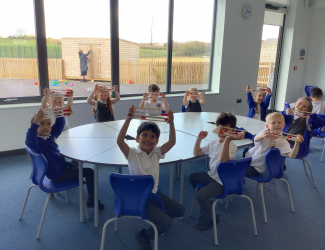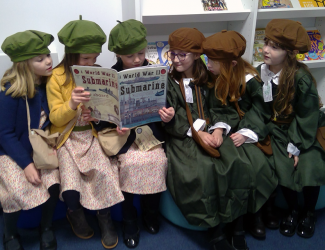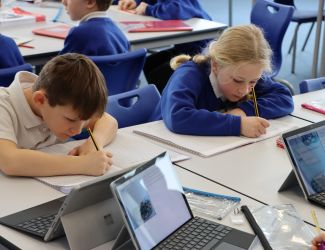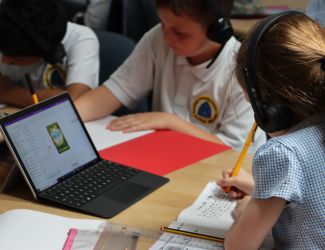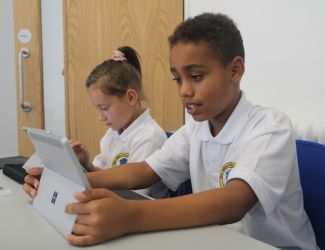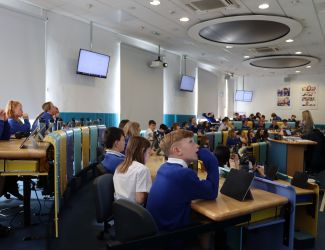Year 3 Computing Curriculum
Computing in year three is organised into three distinct but overlapping areas of knowledge and understanding: Digital Literacy, Information technology and Computer Science. Children will be taught…
Computer Science
- To learn how to use sequencing in programming through Scratch and MakeCode.
- To learn selection of motion, sound, and event blocks which they will use to create their own programs, featuring sequences.
- To make a representation of a real world tool, such as a piano.
- To learn to apply the stages of program design through this unit.
- To understand that sequences of commands have an outcome, and make predictions based on their learning.
Information Technology
- To develop their understanding of what a branching database is and how to create one.
- To understand what attributes are and how to use them to sort groups of objects by using yes/no questions.
- To create physical and on-screen branching databases.
- To evaluate the effectiveness of branching databases and decide what types of data should be presented as a branching database.
- To use the terms ‘text’ and ‘images’ and understand that they can be used to communicate messages.
- To use desktop publishing software and consider careful choices of font size, colour and type to edit and improve premade documents.
- To use the terms ‘templates’, ‘orientation’, and ‘placeholders’ and begin to understand how these can support them in making their own template for a magazine front cover.
- To add text and images to create pieces of work using desktop publishing software.
- To evaluate a range of page layouts thinking carefully about the purpose of these and how and why desktop publishing is used in the real world.
- To use a range of techniques to create a stop-frame animation using tablets.
- To apply those skills to create a story-based animation.
- To add other types of media to their animation, such as music and text.
- To develop their understanding of digital devices, with an initial focus on inputs, processes, and outputs.
- To compare digital and non-digital devices.
- To understand the structure and purpose of computer networks, including devices that make up a network’s infrastructure, such as wireless access points and switches.
Digital Literacy
- To use technology safely, respectfully and responsibly; recognise acceptable/unacceptable behaviour; identify a range of ways to report concerns about content and contact.

